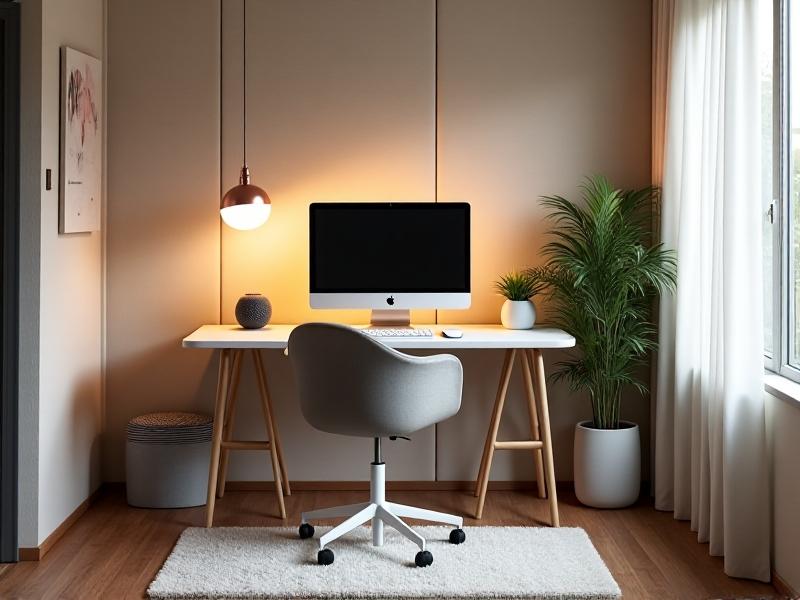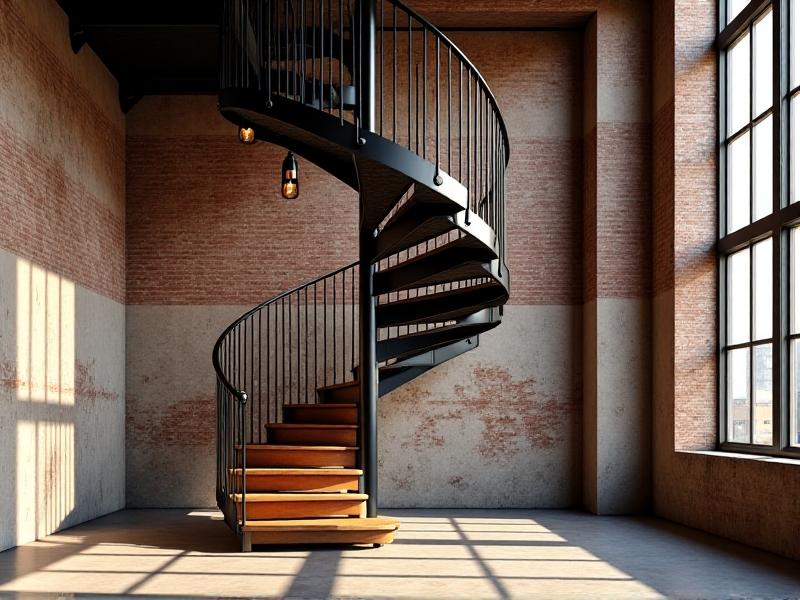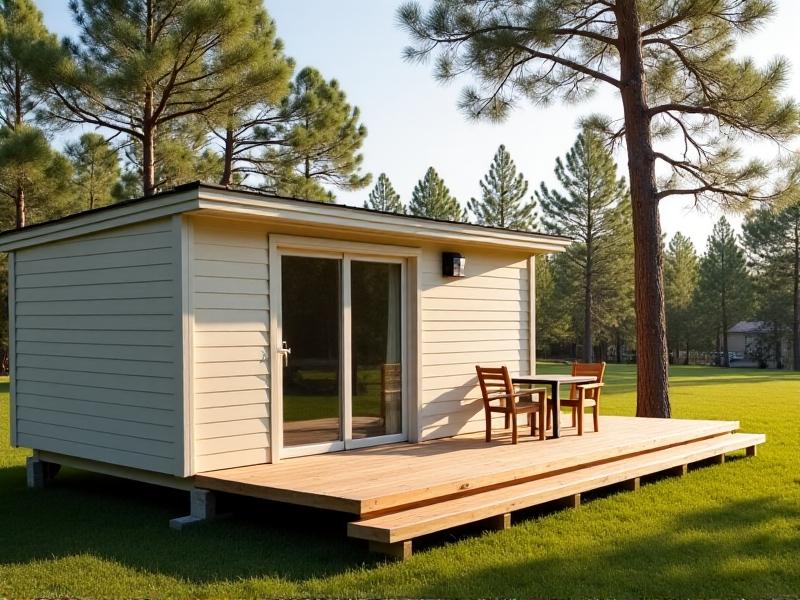Soundproofing Techniques Under 400 Sq Ft
Why Soundproofing Small Spaces Matters
Living or working in compact areas under 400 square feet often means dealing with amplified noise. Thin walls, shared spaces, and limited room for acoustic adjustments can turn everyday sounds into distractions. Whether it’s a home office, studio apartment, or tiny studio, effective soundproofing enhances privacy, productivity, and comfort. The challenge lies in maximizing noise reduction without sacrificing valuable square footage. This guide explores practical, budget-friendly techniques tailored for small spaces.

Identifying Noise Sources in Compact Areas
Before investing in solutions, pinpoint where noise enters or escapes your space. Common issues include airborne noise (conversations, traffic) and impact noise (footsteps, vibrations). Thin walls, gaps around doors/windows, and hollow floors are typical culprits. Use a smartphone decibel meter app to measure noise levels at different times. For example, a neighbor’s TV might peak at 60 dB during evenings, while street traffic hits 70 dB at rush hour. Understanding these patterns helps prioritize fixes, like sealing gaps first or adding mass to walls.

Affordable Materials for Noise Reduction
Effective soundproofing doesn’t require expensive renovations. Mass-loaded vinyl (MLV) is a flexible, dense material that blocks sound when hung like a curtain or layered under flooring. Acoustic foam panels absorb mid-to-high frequencies and come in decorative designs. Door sweeps and weatherstripping seal gaps that let noise slip through. For budget DIYers, moving blankets or heavy quilts can dampen echoes. Prioritize materials with high STC (Sound Transmission Class) or NRC (Noise Reduction Coefficient) ratings for measurable results.
DIY Techniques for Walls and Ceilings
Walls and ceilings transmit sound due to their low mass and vibration-prone structures. Add a second layer of drywall with Green Glue damping compound to decouple surfaces. For renters, temporary solutions like fabric-wrapped fiberglass panels or removable acoustic wallpaper work well. If ceiling noise is an issue, install a drop ceiling with sound-absorbing tiles or suspend MLV barriers. Remember: decoupling (creating air gaps) and adding mass are key principles here.
Smart Furniture Placement for Sound Absorption
Strategic furniture arrangement doubles as sound control. Place bookshelves filled with books against shared walls to add mass and break up sound waves. Upholstered sofas or thick curtains near noise sources absorb reverberations. Even a tall room divider lined with acoustic fabric can create a noise buffer zone. Opt for dense, soft materials over hard surfaces—think plush rugs instead of tile floors, or cloth-covered ottomans instead of metal stools.
Flooring Hacks to Minimize Impact Noise
Footsteps and dropped items can disturb downstairs neighbors or adjacent rooms. Interlocking rubber floor mats under area rugs reduce impact noise and add cushioning. Cork underlayment beneath laminate flooring offers natural sound damping. For extreme cases, install a “floating floor” using resilient channels to separate the subfloor from the finish layer. Pro tip: thick rugs with dense padding can cut impact noise by up to 30 dB.

Window and Door Treatments That Work
Windows and doors account for 25% of noise leaks. Install acoustic caulk around drafty frames and use heavy blackout curtains with thermal lining. For doors, upgrade to solid-core models or attach a soundproofing blanket. Temporary solutions include window insert kits (like Indow) or magnetic silicone seals. Don’t overlook thresholds—a door sweep paired with a draft stopper slashes airborne noise transmission.

Balancing Budget and Effectiveness
Soundproofing under 400 sq ft requires balancing cost, effort, and results. Start with low-cost sealants and furnishings before investing in MLV or drywall. Renters should focus on non-permanent fixes like removable panels and thick rugs. Homeowners might prioritize structural upgrades like insulated walls or double-glazed windows. Even partial solutions—like treating just the shared wall—can yield noticeable improvements. Track progress by retesting dB levels post-installation to gauge ROI.








